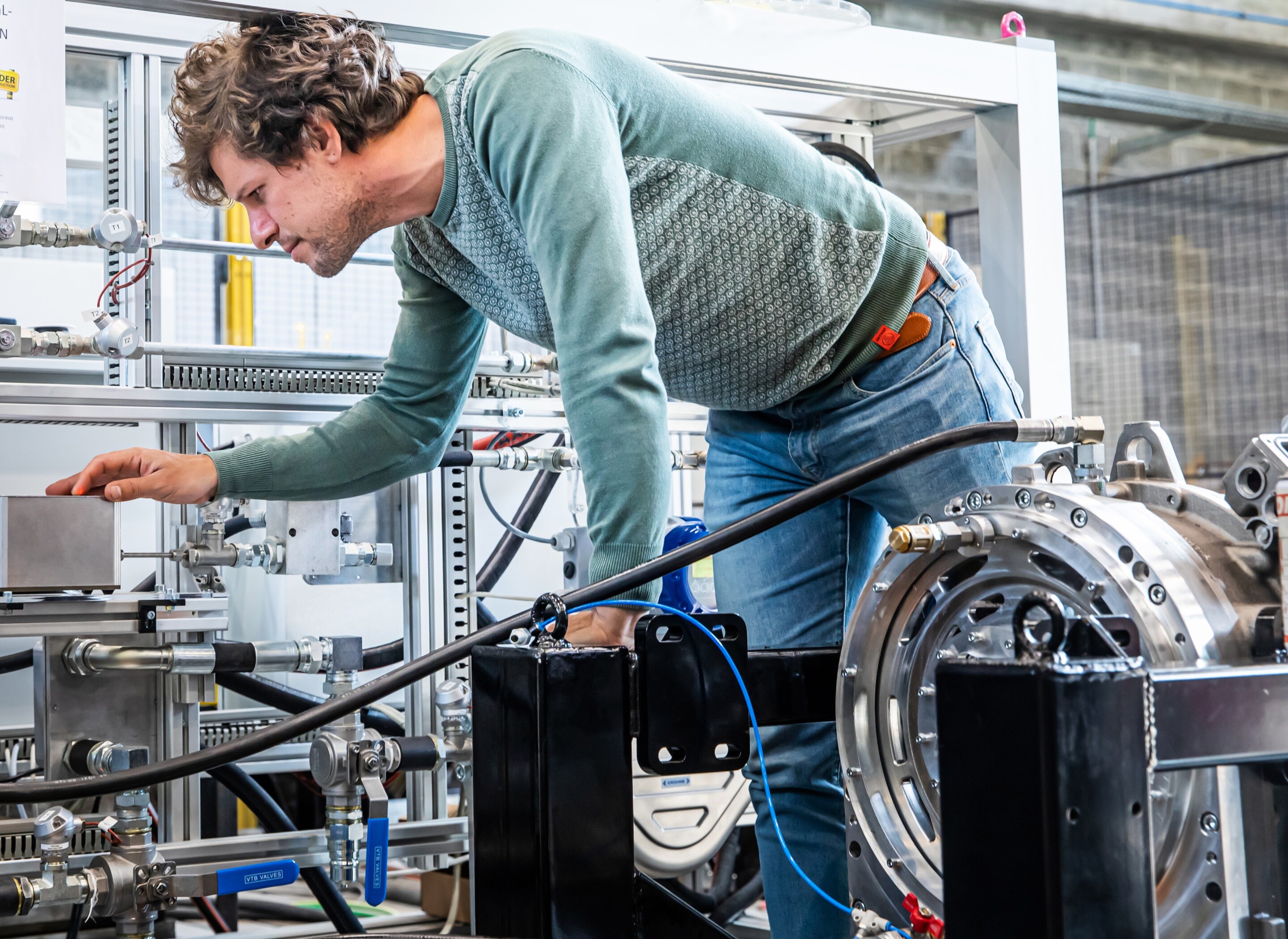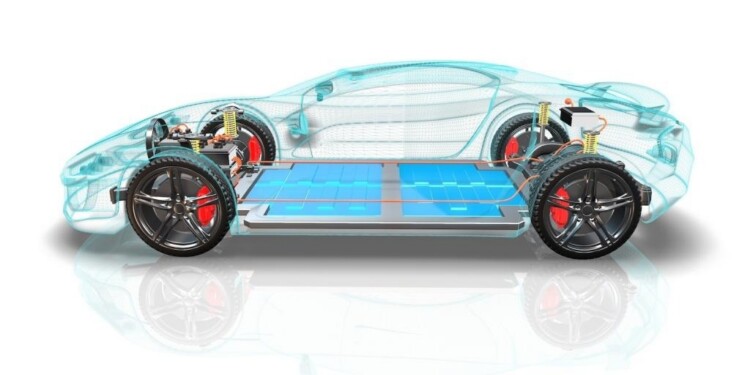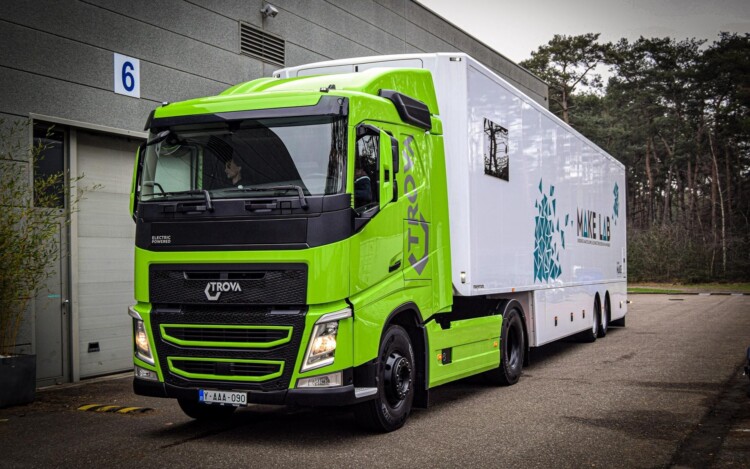Immersion Cooling: A Breakthrough for Next-Generation EV Powertrains

The shift towards electric mobility is accelerating, and with it comes an urgent need for more compact, powerful and cost-efficient powertrains. One of the biggest challenges in achieving this? Thermal management.
We are advancing a promising solution: immersion cooling for batteries and power electronics using ultra-low-viscosity dielectric e-fluids. At CTI Symposium Berlin 2025 we will present our latest research: a single-fluid, next-generation thermal management strategy.
Why Heat Has Become the Biggest Bottleneck in EV Powertrains
As electric powertrains become smaller and more integrated, they must still handle the same—or even higher—power levels. This creates high heat fluxes, smaller surfaces for cooling, and increasing risks of thermal stress and performance loss. Traditional water-glycol cooling is approaching its limits, especially when manufacturers push for higher power density and lower system cost. The industry needs a cooling solution that enables higher performance, greater reliability, and simpler system architectures.
Why Immersion Cooling Is a Game Changer
Immersion cooling directly submerges components, such as battery cells and power electronics, in a dielectric e-fluid. This allows heat to be removed much more efficiently and uniformly without affecting the electrical performance.
Our research demonstrates that super ultra-low viscosity (S-ULV) e-fluids can significantly outperform traditional cooling approaches, offering:
- Lower maximum temperatures
- More uniform temperature distribution, improving lifetime and performance
- Much lower pressure drops, reducing pump power and system cost
- A path to single oil solution for cooling and lubrication across the entire powertrain
Our Innovation in a Nutshell
In collaboration with Lubrizol, DANA, CNH and CISSOID, we developed and validated:
- An immersion-cooled battery module using CALB 58Ah NMC811 cells
- A novel immersion-cooled power electronics module (currently in assembly and test)
- A system-level architecture exploration tool that automatically analyses thousands of possible cooling layouts

Key results from our battery module already show:
- >25% lower maximum cell temperature
- 100× lower pressure drop
- Excellent temperature uniformity even at high discharge rates
These improvements translate directly into higher efficiency and lower system energy use.
A new generation of electric powertrains
The shift to immersion cooling is more than a technical optimisation. By simplifying thermal management, reducing energy consumption, and creating space for more compact designs, this innovation opens doors for manufacturers to rethink how EV platforms are built.
We are finalising experimental validation of the battery and power electronics modules. These results will be integrated into system-level models to assess the full potential of a single-fluid thermal management strategy. Early results clearly show the potential to reshape EV powertrain design.
Innovation through collaboration
Our partnership with companies like Lubrizol, DANA, CNH and CISSOID demonstrates how collaboration between research and industry can turn innovation into real-world impact.
Contact us today for your journey to sustainable innovation.
On Tuesday December 2nd Ankit Surti (Flanders Make) will present this story at CTI Symposium. Join us at this event for the latest developments, innovations, information, solutions and new contacts in the powertrain and mobility industry.





